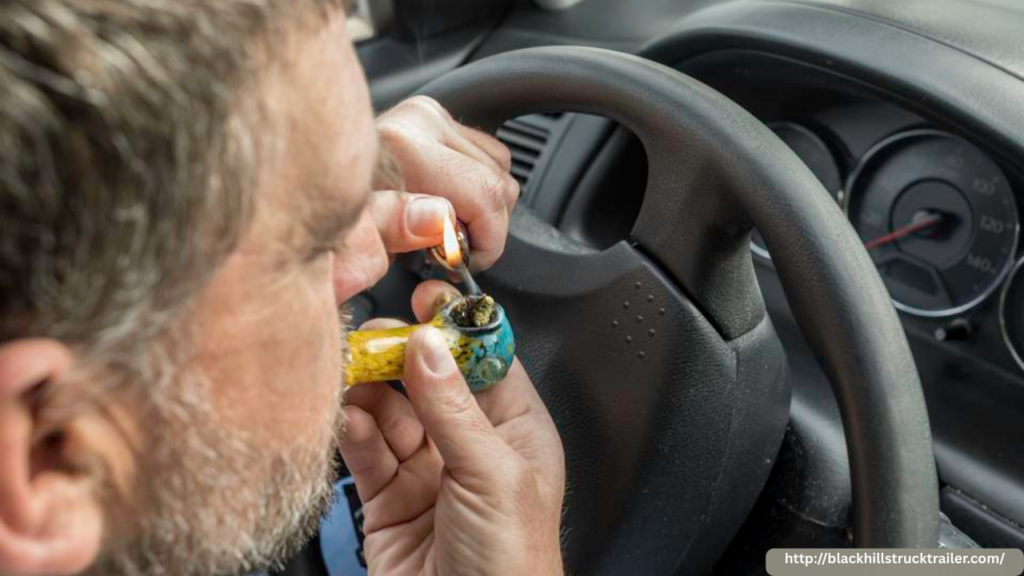
The trucking industry is the backbone of commerce, delivering goods across vast distances and keeping economies running smoothly. But for many truck drivers, life on the open road hides a darker reality—one marked by addiction and its far-reaching consequences. While the personal toll on drivers is significant, the ripple effects often extend to their families, who bear the emotional, financial, and relational burdens of substance abuse.
A Life in Transit
Truck drivers often spend weeks away from home, driving long hours under tight deadlines. The pay-per-mile model incentivizes longer hours and fewer breaks, leaving little time for rest or self-care. This relentless pace, coupled with social isolation and the physical strain of driving, makes drivers especially vulnerable to addiction.
Many turn to stimulants such as amphetamines or prescription drugs to stay awake, while others rely on opioids or alcohol to unwind. What begins as a coping mechanism can quickly evolve into dependency. The road may seem endless, but for addicted drivers, it leads to a dead end without intervention.
The Emotional Toll on Families
The effects of addiction extend beyond the cab of the truck. At home, spouses and children often experience confusion, anxiety, and fear. A parent or partner lost in the grips of addiction becomes emotionally unavailable, and communication often breaks down. Missed birthdays, holidays, and important milestones become all too common, straining relationships to the breaking point.
Children may struggle with feelings of abandonment or resentment, especially if they don’t understand why their parent is absent or behaving erratically. Partners are often left to manage the household alone, juggling finances, childcare, and the emotional weight of worry.
Financial Instability and Legal Issues
Addiction can also lead to job loss, legal problems, and mounting medical bills. A driver who fails a drug test may be disqualified from commercial driving, effectively ending their career. Without a steady income, families may face eviction, debt, or a loss of health insurance just when treatment becomes most necessary.
Legal consequences—such as DUIs, fines, or incarceration—further strain family dynamics. In extreme cases, children may be removed from homes if addiction renders the environment unsafe. These outcomes only deepen the emotional scars for everyone involved.
Hope Through Healing
Despite these challenges, recovery is possible, and families can play a critical role in the healing process. Programs tailored specifically for truck drivers are emerging, offering treatment that fits their unique schedules and needs. Telehealth counseling, mobile rehabilitation units, and peer support groups like Sober Trucker Nation provide critical lifelines.
For families, support groups such as Al-Anon or family therapy can provide tools to cope and rebuild trust. Open communication, education about addiction, and shared participation in recovery programs often strengthen relationships and create a more stable environment.
Moving Forward Together
The road to recovery is not one that truck drivers need to travel alone. By acknowledging the dark side of the open road and addressing addiction openly, both individuals and families can begin to heal. As the industry evolves to support wellness over output, drivers and their loved ones can hope for brighter, healthier futures—together.








